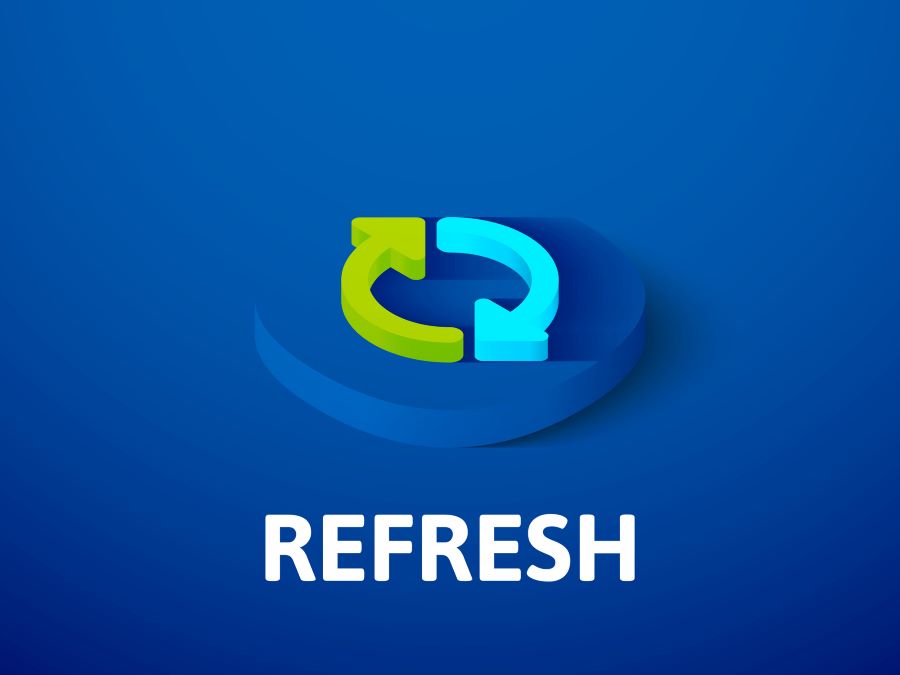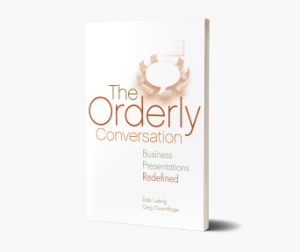
- Barbara Egel Presentations
Anyone in the position of having to deliver similar content on a repeat basis faces the problem of how to keep things fresh. Maybe you’re in sales and have to talk about the same information in every sales call. Maybe you deliver the same presentation at different conferences. Maybe when rolling out an HR initiative, you have to deliver the same content to multiple audience groups across different functions. Even among seasoned training colleagues, we often hear some version of this question: “How do I keep things interesting when I’ve delivered the same exact information for weeks/months/years?” Believe me, we can completely empathize with the fear of going on autopilot and forgetting whether we already delivered that part—or was that from the session last week…or the week before?
The key to keeping it fresh probably won’t come as a surprise, but it may seem like it’s easier said than done. Each delivery and every group of listeners is different. By focusing on that fact, you’ll be able to let their reactions drive you forward. The question you should be asking yourself throughout is not “Did I say this correctly?” but rather, “Do they understand what I want them to understand? Are they really getting it?” This requires a deep level of engagement so that you can think on your feet.
During Your Presentation
Stay focused on the people in front of you. One of the quickest ways to accidentally shift into autopilot is to disengage from the specific group in front of you and let your subconscious take over. The more you stay focused on the people who are in the room with you right now, the more they’ll feel your attention and the more grounded you’ll be in the moment.
Use eye contact to read faces and respond. If you’re really plugged into reading people’s faces during your delivery, you might get some welcome surprises that will keep you engaged and on your toes. Someone will ask a question you’ve never heard before, or someone will have a clever way of restating a hard concept so that it’s easier to understand. If you’re not paying attention, you’ll miss those things and potentially risk losing your audience. Remember, if you’re not engaged and paying attention, why should they be?
Use their situations to reinforce your points. Because Orderly Conversations are designed for give and take, you are quite likely to get questions based on people’s actual jobs. Take this as an opportunity to probe and expand your thinking about your topic. Always be curious about their needs and perspectives. If you listen well and really get to the bottom of their questions, you’ll be able to adapt to their needs.
Before You Present
There are things you can do in preparation that will help you stay fresh with repeating content as well. When we talk about framing your presentation, a crucial part of that frame is describing your listeners’ current situation. Usually, it’s something like, “As you know, the company is changing insurance carriers,” or “There’s been a huge increase in the number of residences with solar panels, and as realtors, we need to be on top of that.” If you’ve followed us for any length of time or read The Orderly Conversation, you know we are big fans of framing every meeting, presentation, and training session. Framing helps you adapt your message for a specific audience at a particular time. Keep these ideas in mind.
Think about what’s happening around them. If you’re presenting to an external group you don’t know much about, check the business section and the regional news to see if there’s anything crucial going on that might affect how your audience will receive your material. Some examples might be—
- “I know some of you may have been affected by yesterday’s flooding, so if you’re a little distracted or need to step out, just let me know.” (You will be appreciated for understanding in advance, and you’ll probably get more focused attention because you’ve given them permission to do what they need to.)
- “My information speaks to the way our business usually works, but I read that your state legislature voted yesterday to change industry standards, so I’ll try to address that as I go.” (Then, of course, you’ll need to do just that.)
- “Congratulations on the industry award that was announced last week! As we talk today, I hope you’ll tell me what is working so well for you so that I can thread that through into what I’ll be presenting.” (People love to engage with what has made them successful, so use that to your advantage.)
- “With Anna’s retirement, I know you’re facing a lot of change already, so I’ve left a lot of time to discuss how this material fits with the other transitions you’re experiencing.” (Here you are able to demonstrate both empathy and practical problem-solving.)
Think about your audience’s jobs and focus. If you get the chance, talk to your contact about what’s going on in the company and the department you’ll be working with. What are their main strengths? Stressors? In another blog post, I talked about how to make it easy for your audience to get what they need from you. What does “easy” look like for these particular people? Chances are, you won’t need to make major adaptations to your materials, but you might change the proportion of time you spend on certain parts of your material, or you might give them more time to discuss.
Tailor your examples. If you present to different industries or functions within a company, think about doing enough research beforehand to find examples that fit each audience. For example, if you’re teaching employees how to use a new intranet, you might use accounting examples when you talk to Payroll people but then use social media examples when you talk with Digital Marketing folks.
After You Leave
If you do any kind of follow-up with your audience, whether it’s sending out final documents, recapping the engagement, or just thanking them for their time, customize your correspondence to include meaningful moments or examples from the engagement. This might include recalling breakthrough discoveries, a new way of looking at your content that came out of your session, or even an in-joke that developed during your time together.
Remember that each new audience is a new engagement and a new chance to tweak, adjust, and customize. And the more you stay engaged with your audience, the more interested and responsive you are to their needs, the more it will feel like a fresh first time.
Ready to take it further? Schedule a complimentary consultation with us today to learn how we can elevate your team’s business communication.


